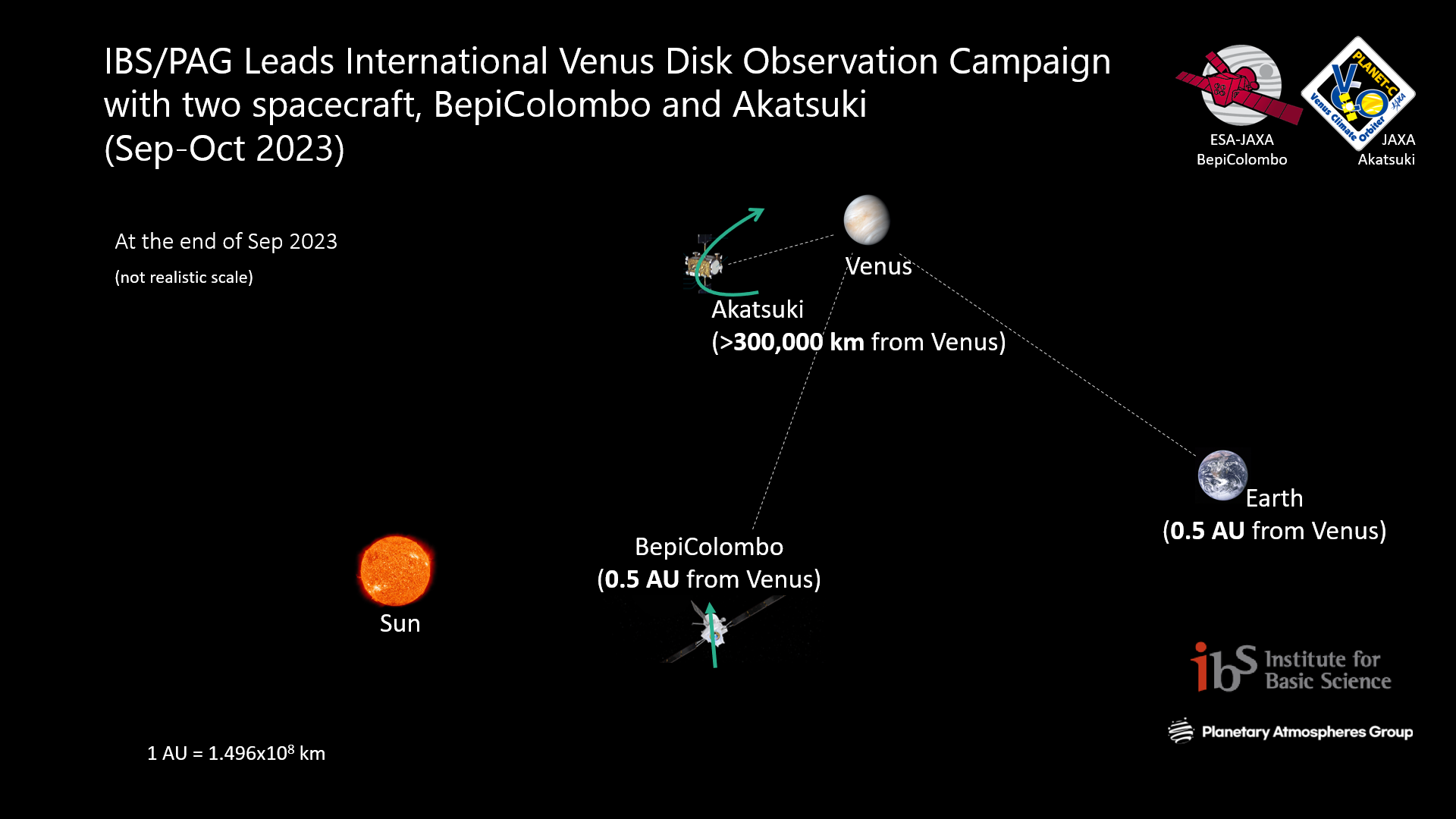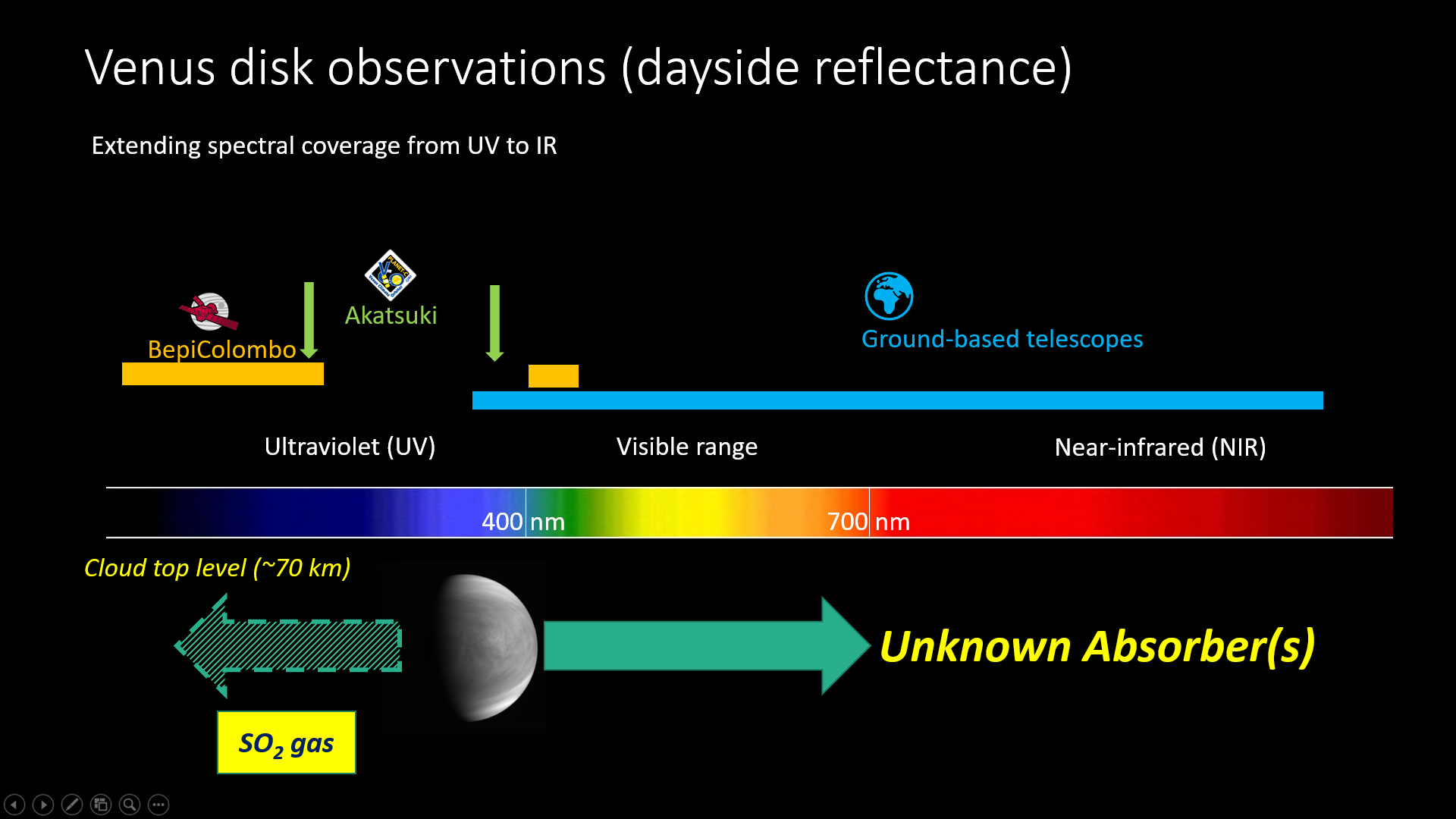주메뉴
- About IBS 연구원소개
-
Research Centers
연구단소개
- Research Outcomes
- Mathematics
- Physics
- Center for Theoretical Physics of the Universe(Particle Theory and Cosmology Group)
- Center for Theoretical Physics of the Universe(Cosmology, Gravity and Astroparticle Physics Group)
- Center for Exotic Nuclear Studies
- Center for Artificial Low Dimensional Electronic Systems
- Center for Underground Physics
- Center for Axion and Precision Physics Research
- Center for Theoretical Physics of Complex Systems
- Center for Quantum Nanoscience
- Center for Van der Waals Quantum Solids
- Chemistry
- Life Sciences
- Earth Science
- Interdisciplinary
- Center for Neuroscience Imaging Research(Neuro Technology Group)
- Center for Neuroscience Imaging Research(Cognitive and Computational Neuroscience Group)
- Center for Algorithmic and Robotized Synthesis
- Center for Genome Engineering
- Center for Nanomedicine
- Center for Biomolecular and Cellular Structure
- Center for 2D Quantum Heterostructures
- Center for Quantum Conversion Research
- Institutes
- Korea Virus Research Institute
- News Center 뉴스 센터
- Career 인재초빙
- Living in Korea IBS School-UST
- IBS School 윤리경영


주메뉴
- About IBS
-
Research Centers
- Research Outcomes
- Mathematics
- Physics
- Center for Theoretical Physics of the Universe(Particle Theory and Cosmology Group)
- Center for Theoretical Physics of the Universe(Cosmology, Gravity and Astroparticle Physics Group)
- Center for Exotic Nuclear Studies
- Center for Artificial Low Dimensional Electronic Systems
- Center for Underground Physics
- Center for Axion and Precision Physics Research
- Center for Theoretical Physics of Complex Systems
- Center for Quantum Nanoscience
- Center for Van der Waals Quantum Solids
- Chemistry
- Life Sciences
- Earth Science
- Interdisciplinary
- Center for Neuroscience Imaging Research(Neuro Technology Group)
- Center for Neuroscience Imaging Research(Cognitive and Computational Neuroscience Group)
- Center for Algorithmic and Robotized Synthesis
- Center for Genome Engineering
- Center for Nanomedicine
- Center for Biomolecular and Cellular Structure
- Center for 2D Quantum Heterostructures
- Center for Quantum Conversion Research
- Institutes
- Korea Virus Research Institute
- News Center
- Career
- Living in Korea
- IBS School
News Center
Invitation to the 2023 International Venus Observation CampaignUnique opportunity to characterize the Venusian atmosphere near the cloud-top level from three locations in the solar system Planetary Atmospheres Group (PAG) within the Institute for Basic Science (IBS) is organizing a 2023 Venus atmosphere observation campaign. The PAG-IBS team, led by Dr. LEE Yeon Joo, is also inviting international telescope teams to collaborate for Venus disk data acquisition from September to October 2023. This campaign will offer a unique opportunity to study the atmosphere of the Earth’s twin simultaneously from three different locations in the solar system. One of the main objectives of the mission is solving the mystery of the ‘unknown absorber’ in the Venusian upper clouds. While Venus' atmosphere is primarily composed of carbon dioxide (CO2), it exhibits significant absorption of solar radiation across a wide range of wavelengths, including ultraviolet (UV) and visible (VIS) ranges. The unknown absorbers in Venus' atmosphere refer to unidentified substances or processes that contribute to the absorption of solar radiation in the planet's atmosphere. The presence of such unknown absorbers has intrigued astronomers for almost a century since its first detection in ground-based UV images. The known absorbers in Venus' atmosphere, such as sulfur dioxide, can explain some, but not all, of the observed near-UV and VIS absorption. There are indications that other compounds or atmospheric processes are involved in absorbing solar radiation, but their precise nature and composition are still uncertain. Another objective of the campaign is to explore the high variability of sulfur dioxide gas above the clouds of Venus, which saw drastic changes in its abundance in the past decades. These changes are thought to be associated with Venus’s surface volcano activities. For example, an active volcano has recently been identified using NASA’s Magellan data. Future Venus missions, such as EnVision and VERITAS, will search for surface volcanoes more intensively. For this campaign, international scientific collaboration is being established with the two spacecraft and ground-based telescope teams. So far, astronomers from South Korea, Japan, Spain, Germany, Switzerland, and Russia joined the project. The study will utilize data acquired by the JAXA’s Akatsuki orbiter, which is orbiting Venus from a 300,000 km distance. In addition, ESA-JAXA’s BepiColombo Mercury mission is going to make faraway observations of Venus at the end of September, during its cruise toward Mercury. BepiColombo’s UV spectrometer and Akatsuki’s UV imager will observe the dayside disk of Venus. Such short-wavelength observations are available only from space, as the Earth’s ozone layer blocks ground-based telescopes from acquiring UV data. Meanwhile, Ground-based telescope teams plan to obtain Venus data simultaneously in coordination with these two space missions. Ground-based data will complement spacecraft measurements which will provide a more complete picture of the atmospheric condition near the cloud-top level. The overall data acquired by this campaign will cover a broad wavelength range, from near UV to near-infrared, providing essential information for scientific analysis of Venus. This is a follow-up campaign after the previous one in 2020, and it is hoped that the researchers may accomplish a better understanding of UV absorbers near the cloud-top level atmosphere on Venus.
Notes for editors
- Media Contact
- About the Institute for Basic Science (IBS)
|
| Next | |
|---|---|
| before |
- Content Manager
- Public Relations Team : Yim Ji Yeob 042-878-8173
- Last Update 2023-11-28 14:20














